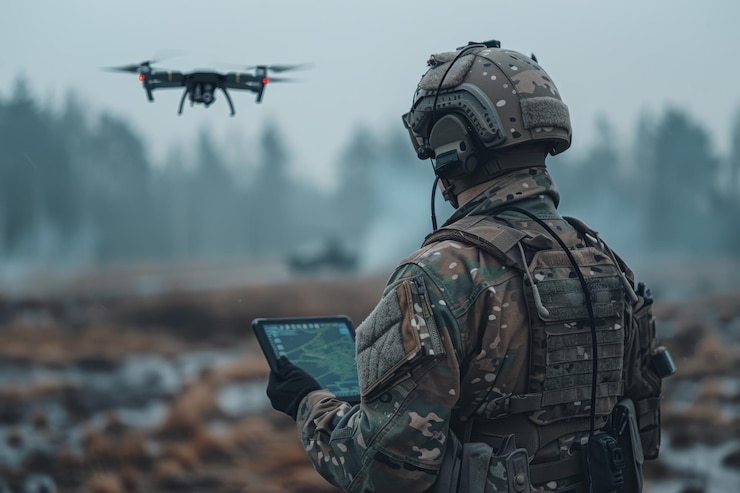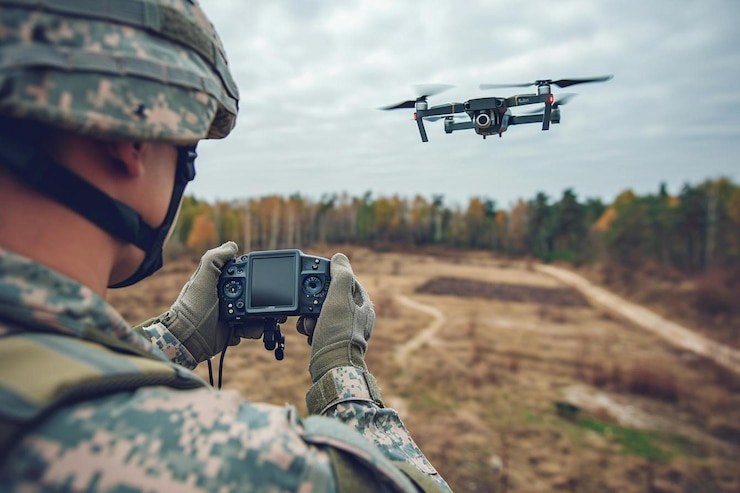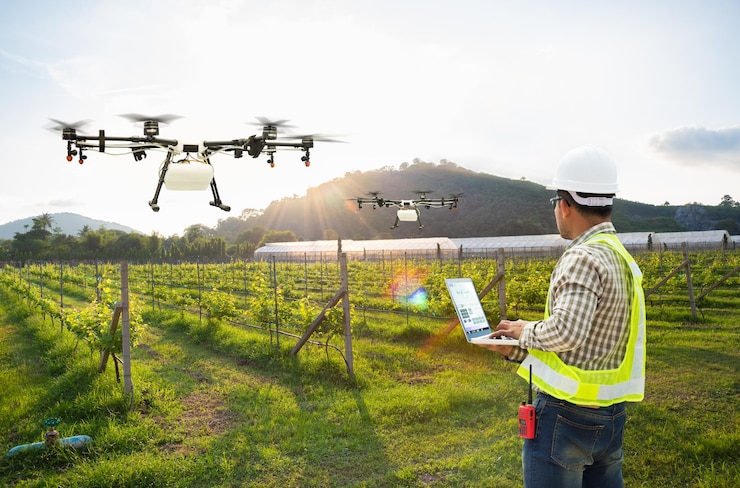Ensuring compliance in the Aerospace & Unmanned Aircraft Systems
Expert Guidance
Unmanned Aircraft Systems have become indispensable tools across various industries, offering unprecedented capabilities and efficiency gains. As technology continues to advance, the potential applications of UAS are expected to expand further, driving innovation and optimization across diverse applications.
Agriculture: In agriculture, UAS provide farmers with invaluable insights into crop health, soil moisture levels, and pest infestations. Equipped with advanced sensors and imaging technology, drones enable precision agriculture, optimizing resource utilization and increasing yields while reducing environmental impact.
Construction: UAS are revolutionizing the construction industry by offering aerial surveying, mapping, and progress monitoring capabilities. Construction firms utilize drones to conduct site inspections, track project development, and improve overall safety by identifying potential hazards.
Environmental Monitoring: UAS play a vital role in environmental conservation efforts by facilitating aerial surveys of ecosystems, wildlife habitats, and natural disaster-affected areas. Researchers leverage drones to monitor deforestation, track wildlife populations, and assess the impact of climate change, providing valuable data for conservation initiatives.
Emergency Response: In emergency response scenarios, UAS provide critical support by conducting search and rescue missions, assessing disaster-affected areas, and delivering essential supplies to remote or inaccessible locations. Their ability to quickly gather aerial data aids emergency responders in making informed decisions and coordinating rescue efforts effectively.


Securing success in the defense market






